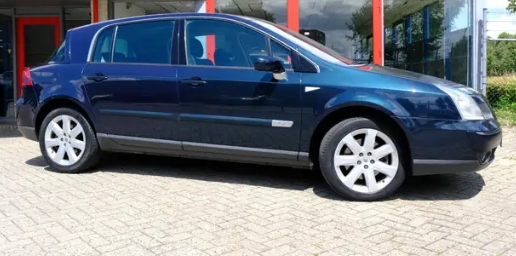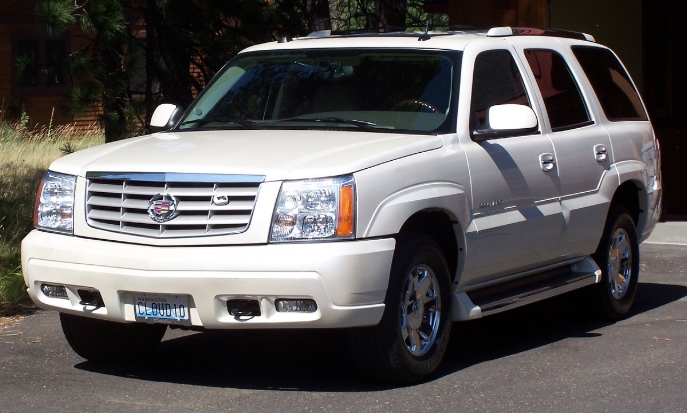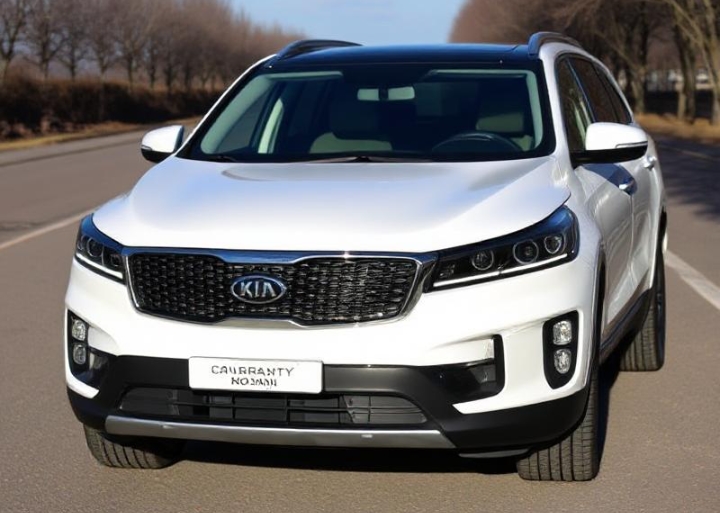The Evolution of the Renault Vel Satis
The Renault Vel Satis stands out as a distinctive chapter in the history of French automotive engineering. Introduced as a bold attempt by Renault to redefine the luxury and executive car segment, the Vel Satis combined avant-garde styling with innovative features. Its development, production span, and the variations it underwent over the years reflect both the ambitions and challenges faced by Renault during the early 2000s.
Introduction and Development (Early 2000s)
In the late 1990s, Renault recognized an opportunity in the premium executive segment, traditionally dominated by German manufacturers such as BMW, Mercedes-Benz, and Audi. To carve out its niche, Renault embarked on developing a vehicle that would stand out through unconventional design and innovative features. The result was the Vel Satis, whose name derives from Latin meaning “very satisfied.”
The Vel Satis was officially unveiled in 2001 as a 2002 model. It was developed to appeal to discerning customers seeking a combination of luxury, spaciousness, and distinctive styling. The vehicle was built on Renault’s Nissan-derived B platform, which it shared with models like the Espace and the Safrane.
Production Years and General Overview
- Production Period: 2002–2009
- Manufacturing Location: Douai, France
- Total Production: Approximately 47,000 units over its lifespan
The Vel Satis was produced during a relatively brief period, yet it remains notable for its unconventional design and the bold market positioning Renault aimed for.
First Generation (2002–2009)
Launch and Initial Models (2002-2003)
The Vel Satis debuted in 2002 as a 2002 model year vehicle. It was offered initially in a single trim level, emphasizing comfort and luxury. The launch models included:
- Vel Satis Initiale: The flagship trim, featuring the highest level of equipment, luxury appointments, and advanced features.
- Vel Satis Expression: A more basic trim aimed at a broader audience, but still offering a good level of comfort and features.
Design and Features
Designed by Patrick Le Quément, the Vel Satis showcased a radical, futuristic exterior with a high, upright stance, distinctive front grille, and a coupe-like roofline. Inside, it boasted a spacious cabin with high-quality materials, advanced infotainment, and optional leather upholstery. It was equipped with a range of features including climate control, premium audio, and advanced safety systems.
Engine Options
The initial engine lineup comprised:
- 2.0L I4 petrol (not widely available)
- 3.0L V6 petrol (PRV engine): Known for smoothness and performance
- 2.2L dCi diesel: Emphasizing fuel efficiency
- 3.0L V6 dCi diesel: For more power and torque
Over time, the diesel options received updates for improved emissions and performance.
Mid-Cycle Refresh (2005)
In 2005, Renault introduced a facelift to the Vel Satis, addressing some of the criticisms related to styling and technology. The update included:
- Exterior Changes: Slight revisions to bumpers, grille, and lighting to modernize the look.
- Interior Improvements: Upgraded materials, revised dashboard, and improved ergonomics.
- Technology: Introduction of new infotainment options and safety features like stability control (ESP).
Trim Levels Post-2005 Update
The trim hierarchy remained similar:
- Initiale: Top-tier trim with leather, wood accents, advanced safety, and convenience features.
- Expression: Mid-tier, with fabric or leather seats, standard audio, and basic safety.
- Privilege (introduced later): An entry-level luxury trim, offering more features than Expression but less than Initiale.
Special Editions and Variants
Throughout its production run, Renault introduced several special editions, primarily aimed at the European market:
- Vel Satis 3.0 V6 Initiale Privilege: Focused on luxury and comfort.
- Vel Satis F1 Team Edition (2004): Limited edition celebrating Renault’s F1 racing success, featuring unique badges and styling cues.
- Vel Satis X-Game (2006): Youth-oriented edition with sportier styling.
Market Position and Challenges
Despite its distinctive design and features, the Vel Satis faced market challenges. Its unconventional styling was polarizing, and it struggled to match the sales volumes of more traditional executive cars. The vehicle was more successful in certain European markets, especially France and Belgium.
The Vel Satis was positioned as a premium vehicle, competing with the Mercedes-Benz E-Class, BMW 5 Series, and Audi A6. However, its sales never reached the levels of its German rivals, partly due to its niche appeal and the high cost of maintenance.
.
MANY auto lovers not only spend time in their garages to tinker on their autos, but have other projects going on in there as well. Wood working is a popular pastime for the creative type of individual. Not sure what to make next? Or thinking about getting into this kind of hobby? There’s lots of possibilities… Here’s some of them…

.
Discontinuation and Legacy (2009)
By 2009, Renault announced the discontinuation of the Vel Satis, citing declining sales and shifting market preferences. The final models rolled off the assembly line in 2009, marking the end of its production.
Total Units Sold: Approximately 47,000 units, making it a niche but memorable model in Renault’s history.
Legacy: The Vel Satis is remembered for its daring design and innovative approach to the executive car segment. It remains a collector’s item for enthusiasts who appreciate bold automotive styling and French engineering.
Summary of Models and Trim Levels
| Year | Models & Trim Levels | Key Features |
|---|---|---|
| 2002-2003 | Vel Satis Initiale, Expression | Launch models with luxury, comfort, and safety features |
| 2004-2005 | Same as initial, with minor updates | Introduction of safety tech, styling modifications |
| 2006-2009 | Continued with trim refinements; Privilege added | Enhanced interior, optional features, special editions |
Conclusion
The Renault Vel Satis epitomizes a bold vision in automotive design and luxury for Renault. Its production from 2002 to 2009 reflected an era of experimentation and innovation, emphasizing unique styling and high-end features. Despite its relatively short lifespan and limited commercial success, the Vel Satis remains a distinctive and influential model within Renault’s lineup, showcasing the brand’s willingness to challenge conventions and push creative boundaries.







